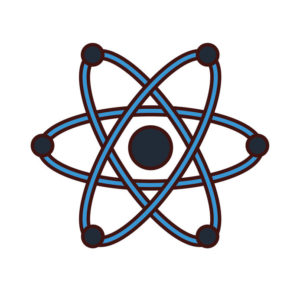If you talked to experts in various industries that are related to NDI (non-destructive testing), you probably already know a lot about the various methods they use to determine whether a material or a surface is adequate for the particular role or application it as designed for. Mag (magnetic) particle inspection is a process that has to do with that, and is meant to non-invasively find unwanted discontinuities in the surface of ferromagnetic materials such as nickel, iron, cobalt and a variety of others.
The process involves the use of a magnetic field that is induced into the part. Once that happens through direct or indirect magnetization, the part and the magnetic lines of force are examined to see if there are any magnetic leaks. For this purpose, various types of ferrous particles are applied to the surface, either in dry or wet form, so that discrepancies in the magnetic fields can be detected as easily as possible. When looking for industrial hydraulic lines for commercial equipment make sure that the manufacturer’s processes include MAG particle and Ultrasonic testing.
There are a number of methods that can be used as part of the mag particle inspection process. Full wave DC is one such method used for deeper detection of discontinuities in areas where AC current can’t penetrate. Alternating current (AC) methods are most commonly used for surface inspections. The middle ground is covered by the half wave DC method, which is designed to work similarly to full wave DC but without the same level of depth.
